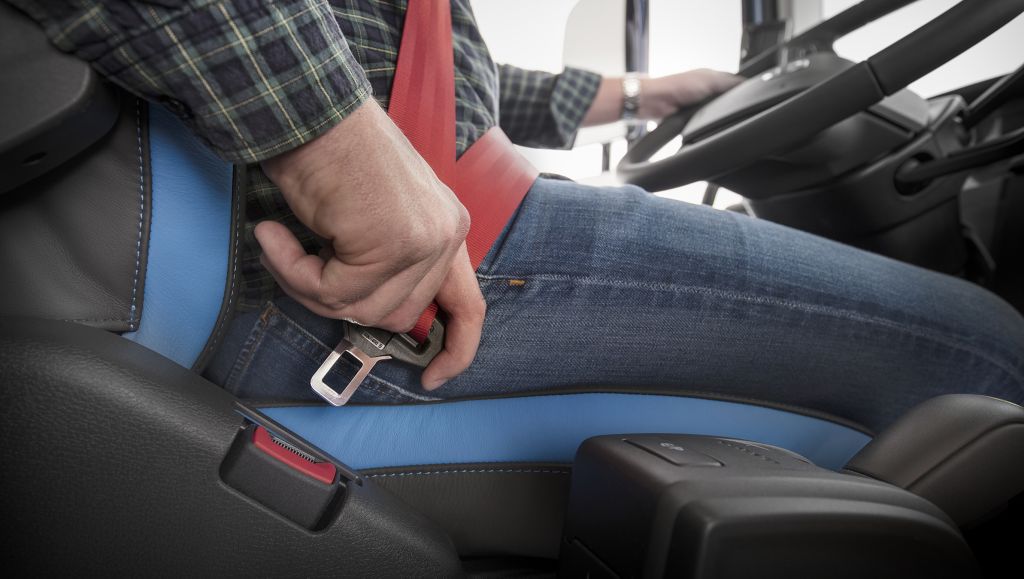Buckle up – the Volvo innovation saving over 1 million lives


In 1959, the Volvo engineer Nils Bohlin, developed the modern day three-point seat belt. It was decided that the patent of the design was to be left open, to make it available to all manufactures for free. This rather unconventional decision was made in the interest of safety, to ensure that everyone, independently of whether they drove a Volvo or not, could be safer in traffic.
A life-saving innovation – but not always used
When the three-point belt was first introduced, seat belts weren't fitted as a standard option in cars. During the years, many have actually felt skeptical about the innovation – and even thought it to be safer driving without it!
"I've heard many reasons for not using a seat belt – including that the airbag offers sufficient protection on its own, that it takes too long to buckle up, or that the seat belt itself can become a death trap if a crash causes a fire. And none of those arguments are reasons not to use a seat belt", says Carl Johan Almqvist, Senior Adviser for Traffic & Product Safety at Volvo Trucks.
 Carl Johan Almqvist, Senior Adviser for Traffic & Product Safety at Volvo Trucks
Carl Johan Almqvist, Senior Adviser for Traffic & Product Safety at Volvo Trucks
Buckling up reduces the risk of death by up to 50 percent
The seat belt works in the way that it keeps the occupant in a known place and in the event of a collision, it spreads the energy evenly across the moving body – and so far, it is estimated that it has contributed to save more than one million lives since it was introduced. According to WHO, wearing a seat belt actually reduces the risk of death among drivers and front seat occupants by 45-50%*.
But there are many drivers and passengers that still don't use it. In 2017, the Volvo Trucks Safety Report showed that half of the truck drivers killed in traffic accidents would have survived if they had been wearing their seat belt.
"Not only does the seat belt offer safety in itself – it also enables other safety systems to work optimally. The airbag, the emergency brake and the cab all work together to provide protection", says Carl Johan.
And he argues that there is a simple first step to increase traffic safety for oneself:
"Buckle up! It only takes two seconds – and its two seconds well worth spending, in order to provide safety not only for yourself, but also for others. It's one of the best safety measures you can take".
*According to the World Health Organization (WHO) report, published in 2018

Facts about the seat belt:

Volvo Trucks provides complete transport solutions for professional and demanding customers, offering a full range of medium to heavy duty trucks. Customer support is secured via a global network of 2,100 dealers and workshops in more than 130 countries. Volvo trucks are assembled in 15 countries across the globe. In 2018, more than 127,000 Volvo trucks were delivered worldwide. Volvo Trucks is part of Volvo Group, one of the world’s leading manufacturers of trucks, buses, construction equipment and marine and industrial engines. The Group also provides complete solutions for financing and service. Volvo Trucks´ work is based on the core values of quality, safety and environmental care.